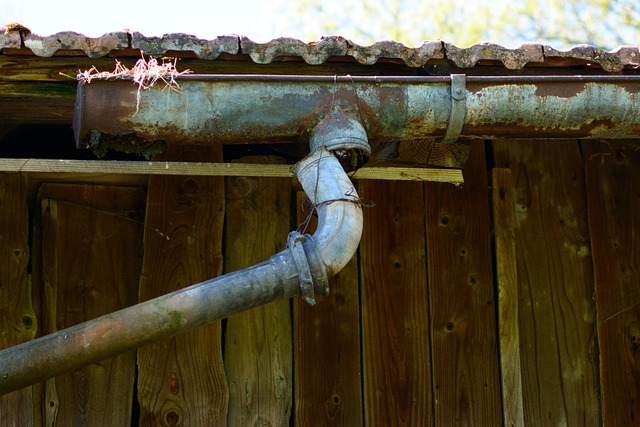Disputes Over Access for Repairs and Maintenance: Legal Rights and Surveyor Support
Access disputes between neighbours can be a significant source of tension, particularly when essential building repairs or maintenance are required near or over a boundary. Whether it’s a cracked wall, damaged roofline, or invasive vegetation, carrying out repairs without stepping onto a neighbour’s land can often be impossible.
These access issues are not only technical but deeply intertwined with legal rights and obligations. Understanding the legislation, and involving the right professionals early, can help property owners avoid unnecessary delays, disputes, and litigation.
Legal Framework: Your Rights to Access Neighbouring Land
Two key pieces of legislation govern access rights in England and Wales:
1. Access to Neighbouring Land Act 1992
This Act allows a property owner to apply to the court for access to a neighbour’s land when it is reasonably necessary to carry out preservation or maintenance works to their own property, such as:
- Repairing a boundary wall
- Fixing roof tiles, gutters, or chimneys
- Dealing with structural damage
- Preventing damp or water ingress
Access must be reasonable, temporary, and for the purpose of preserving (not improving) the applicant’s property.
Important: This Act is a last resort, access must be sought informally first, and the court will expect reasonable negotiation to have taken place.
2. Party Wall etc. Act 1996
Where works affect a shared wall, boundary wall, or nearby excavation, this Act provides a framework for:
- Serving formal notices on adjoining owners
- Appointing party wall surveyors to resolve disputes
- Granting access for specified works, with safeguards
Access is permitted as a right for certain work undertaken under this Act, once proper procedures have been followed, including providing 14 days’ notice (in most cases).
Surveyor’s Role in Managing Access Disputes
Our Building Surveyors offer essential support in both informal negotiations and formal processes. Here’s how we assist:
1. Technical Assessment and Feasibility
We inspect the site and assess:
- Whether the proposed works are essential preservation under the Access to Neighbouring Land Act
- Whether the Party Wall Act applies (often overlooked in smaller works)
- The practicalities and extent of access required
- Potential risks to the neighbour’s land or property
2. Facilitating Informal Agreements
Where possible, we help clients:
- Explain the need for access to their neighbour
- Offer reassurance on method, duration, and impact
- Suggest reasonable terms (e.g. reinstatement, indemnities)
This is often sufficient to resolve the matter without escalating to legal action.
3. Preparing Access Agreements
We can assist in drafting written agreements covering:
- Scaffolding on neighbouring land, access by workers, and crane oversail
- Scope of works
- Dates and times of access
- Protective measures
- Insurance and liability
- Access routes and reinstatement
Although not legally required, having a written agreement can help avoid misunderstandings.
4. Supporting Solicitors and Court Applications
Where informal access is refused, our surveyors can:
- Provide technical reports for court applications under the Access to Neighbouring Land Act
- Assist solicitors in preparing documentation
- Attend court as expert witnesses
- Work alongside legal teams to ensure access is granted and managed safely
5. Party Wall Procedures and Surveyor Appointments
If the Party Wall Act applies:
- We serve or review notices on behalf of clients
- Act as the Building Owner’s Surveyor, Adjoining Owner’s Surveyor, or Agreed Surveyor
- Agree access terms, method statements, and conditions
- Ensure legal and practical compliance throughout the works
Common Scenarios Where Access Disputes Arise
- Replacing gutters or fascias that overhang a boundary
- Repointing or rendering a wall near the neighbour’s garden
- Repairing structural cracks in an external flank wall
- Installing scaffolding that needs to rest on a neighbour’s driveway
- Clearing vegetation or roots affecting a shared wall
In all these situations, early surveyor involvement helps balance technical needs with legal responsibilities and neighbourly goodwill.
Tips for Property Owners Needing Access
- Try informal discussion first – it’s quicker, cheaper, and often more successful
- Be clear about the scope of works and timeline
- Involve a Chartered Building Surveyor to explain the technical justification and reassure the neighbour
- Document everything – even informal access should be recorded in writing
- If necessary, consider the formal route under the Party Wall Act or a court application under the Access to Neighbouring Land Act
- Never force entry – unauthorised access may result in legal action for trespass
Access for maintenance and repairs is a common issue that, if poorly handled, can result in strained relationships and legal disputes. By involving a Chartered Building Surveyor early, property owners benefit from clear technical guidance, impartial advice, and structured solutions that meet both legal and practical requirements.
Whether you’re a homeowner, landlord, or solicitor dealing with an access dispute, a surveyor’s input can make the difference between resolution and confrontation.
Need help resolving an access issue?
Get in touch with Vickery Holman for practical advice, technical assessment, and support with access negotiations or formal procedures.




